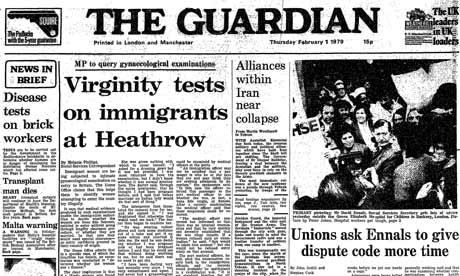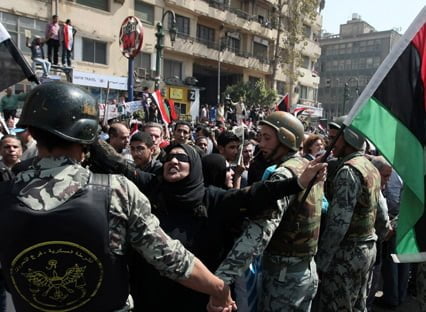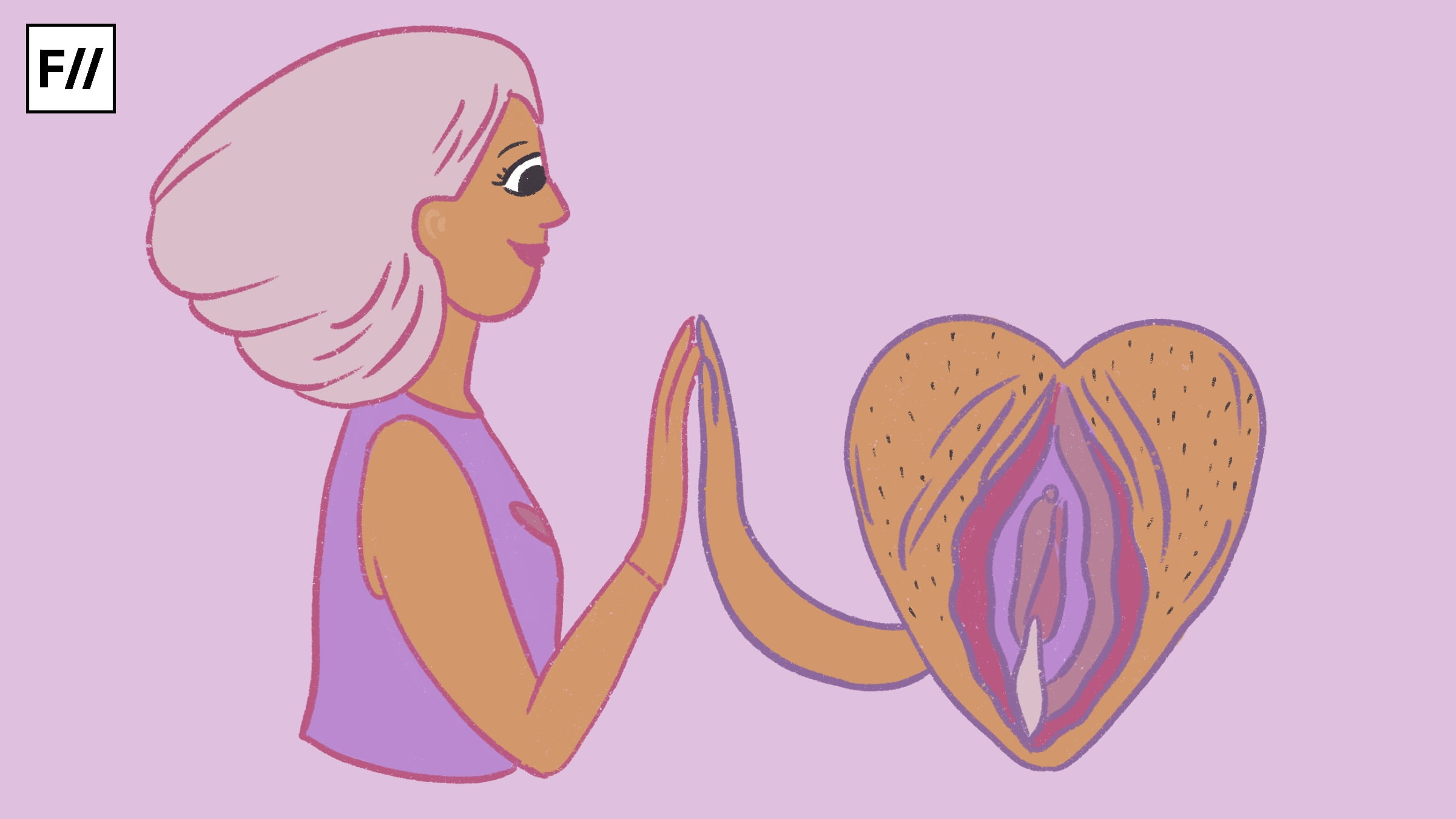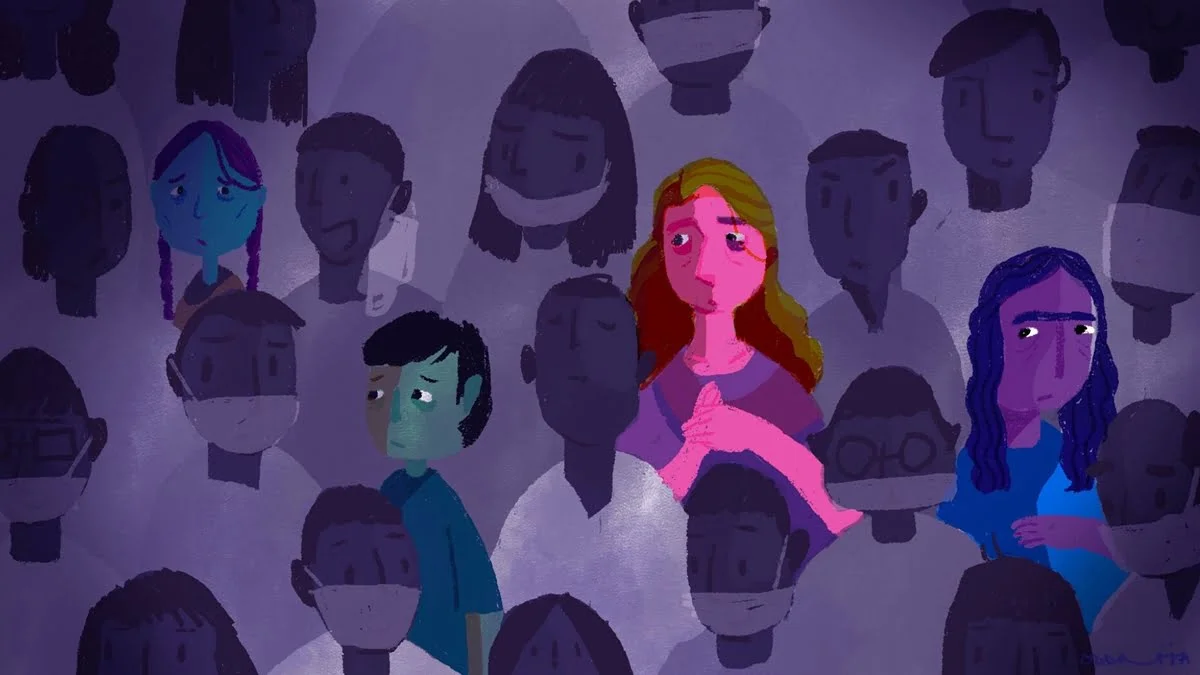With the ban of the “two-finger test” in the historic verdict of October 2022, the Supreme Court of India, has given us a reason to celebrate. Doubled with that is the advent of the “Indian origin British Prime Minister- Rishi Sunak” has put us all into a mood of jubilation. But, in the wake of this collective euphoria let us take a pause to look at the longer legacy of gender discrimination that the two nations of India and UK can be credited for.
The alarming similarities between the virginity tests on South Asian immigrant women as well as the almost normalised two finger tests on raped women in India (till about recently), take us back to the larger question of “virginity” as a virtue. The road map is easy, to be respectable, is to be honest, and to be honest is to be a virgin. A woman’s word in both these cases is easily written off as a lie and she must be subjected to sexual assault, albeit “pseudo” medical intervention to prove her truth, about her marriage or her rape.
This then makes up for a connected history of control and oppression—that at one end takes us away from the only obvious link of colonialism (between the two nations) and also substantially erodes our own high-handed imaginations about the “Great” Britain. With the convictions to do more of the latter, in this piece, I plan to narrate to you, the horrific “virginity tests” conducted by the UK immigration on Indian and Pakistani women in the 1970s. An extremely “under the carpet” practice, which was never covertly acknowledged by the British Government.
Also read: Of Vaginas, Virginity and the Two-Finger Test
A news article in the Guardian in May 2011, brought forward the information that, the British Home Office reports suggested, at least 80% of South Asian immigrant women were subjected to the virginity tests in Heathrow Airport in late 1970s. A report in the British newspaper, Guardian mentions that, when a 35-year-old teacher arrived at Heathrow on 24 January 1979, she planned to marry her fiancé, a British resident of Indian descent. Instead, she found herself at the centre of a “virginity testing” row. Confidential Home Office papers from the time show that the immigration officer at Heathrow justified the order for a “virginity test” on suspicions that she might already be married, given her age, and the fact that she was travelling with her fiancé. If they were already married, she would have needed a visa. The immigration service told Home Office ministers: “It appears that the passenger asked for a lady doctor but was told that there was not one on duty, that even if she went to Hillingdon hospital, the gynaecologist on duty might be a man, and that if she wanted to have a woman doctor it would be necessary for her to wait. She elected to have the examination done immediately.” However, the woman told the newspapers later that she consented only because she was frightened, she would be sent back to India.

In another editorial piece, actress Huma Qureshi revealed that her mother was also subjected to this dehumanizing practice, when travelling from Pakistan to London. Qureshi recounts that her mother stood in the immigration queue at Heathrow, impatient to get through and finally join her husband. Then, right there in the airport, at the order of UK immigration officials, she was subjected to a virginity test. Adding on, Qureshi writes giving voice to her mother, “They took [her] to a room. They asked [her] to undress and made [her] lie down, and then they did it.”
The immigration policy of the 1970s only marked a deeper entrenchment of this sentiment of “undesirability”, and ousting, now imposed on South Asian immigrant women. The policy assumed that South Asian marriages were a sham, contracted solely to gain entry to Britain and otherwise facilitate immigration, unless proved otherwise. Those seeking to enter, and their partners seeking to sponsor them, were categorised therefore as potential liars and “bogus fiancées”. This was legitimised by the racist ideology of the state, expressed by Margaret Thatcher, then opposition leader, who described Britain as ‘being swamped by people of a different culture’.
The British legislation, has demonstrated a longer history of “othering” and the virginity tests of 1970s was not an exception, rather it can be traced back to the earlier the Aliens Act in 1905 (which applied to ‘alien’ immigrants outside the British Commonwealth, primarily aimed at excluding Eastern European Jews) and throughout the twentieth century, immigration and nationality laws devised by the British government have focused on preventing ‘undesirable’ migrants from entering Britain, at the cost of other social, economic and humanitarian concerns.
Also read: The Unhealthy Fixation With Virginity: Pre-Marital Sex, Hymen & Hymenoplasty
The immigration policy of the 1970s only marked a deeper entrenchment of this sentiment of “undesirability”, and ousting, now imposed on South Asian immigrant women. The policy assumed that South Asian marriages were a sham, contracted solely to gain entry to Britain and otherwise facilitate immigration, unless proved otherwise. Those seeking to enter, and their partners seeking to sponsor them, were categorised therefore as potential liars and “bogus fiancées”. This was legitimised by the racist ideology of the state, expressed by Margaret Thatcher, then opposition leader, who described Britain as ‘being swamped by people of a different culture’. The virginity testing was then used as a form of moral scrutiny or seen as a “rite to passage” into the sacred British land. These tests were conducted before a South Asian woman from India and Pakistan were allowed entry into Britain. Historian Evans Smith argues that the virginity tests demonstrate an intersectional discrimination, whereby immigrant women were attacked both because of their gender and ethnicity.

The alarming similarities between the virginity tests on South Asian immigrant women as well as the almost normalised two finger tests on raped women in India (till about recently), take us back to the larger question of “virginity” as a virtue. The road map is easy, to be respectable, is to be honest, and to be honest is to be a virgin. A woman’s word in both these cases is easily written off as a lie and she must be subjected to sexual assault, albeit “pseudo” medical intervention to prove her truth, about her marriage or her rape.
She is then equated to a criminal, considered guilty, until proven otherwise through- the “iron hand” of medicine and law. What is alarming then is how nation states have continuously worked a custodian of “honour”, and in a sense fashioned honest women subjects as those who are virgins, and those who do not fall under these categorisations, triggering patriarchal anxiety and subsequently the nation’s wrath. In the form of disallowing entry to Britain and, by non-recognition of rape and thereby preventing any further investigation in India.
Also read: In Search Of The Mythical Concept Of Virginity
When carefully thinking about these practices, it becomes evident that then the oppression of women is not merely in the hand of individuals or collective (that is society), but cemented structurally, through regressive medico-legal practices of the nation-states. An exploration of both these practices leads us to the connected histories of oppression of women across cultures.




